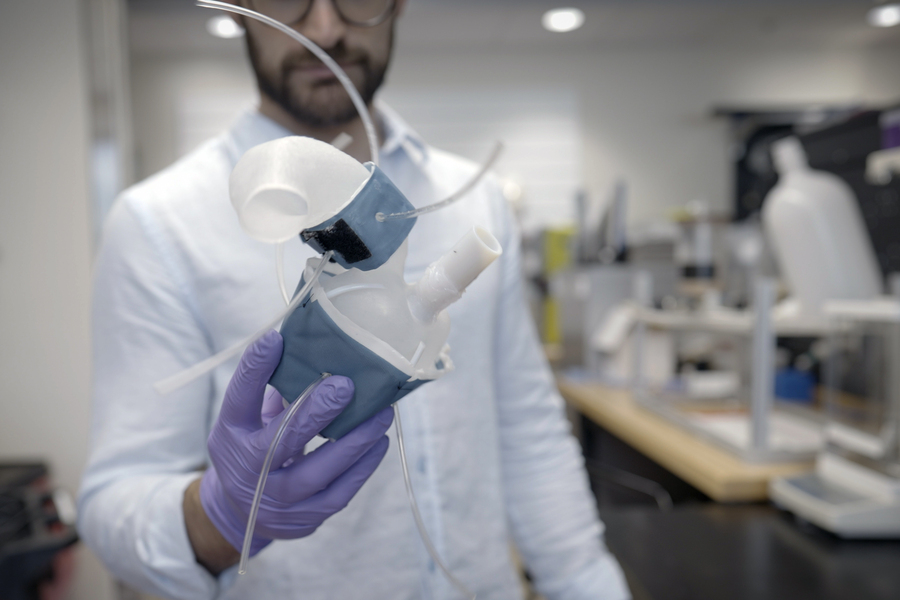3D printer filament is the material that is used to create objects with a 3D printer. There are different types of filament, such as PLA, ABS, PETG, Nylon, and more. Each filament has its own properties, such as strength, flexibility, durability, and temperature resistance. These properties affect how the filament behaves during the printing process and how the final object looks and feels.
One of the challenges of 3D printing is to find the optimal settings for each filament type. Some of the settings that need to be adjusted are print speed, retraction, and temperature. Print speed is how fast the nozzle moves while extruding the filament. Retraction is how much the filament is pulled back into the extruder when the nozzle moves to a different location. Temperature is how hot the nozzle and the heated bed are.
Different filaments require different settings because they have different melting points, viscosity, and shrinkage rates. For example, PLA melts at a lower temperature than ABS, but it also cools down faster and has less warping. Therefore, PLA can be printed at a higher speed and with less retraction than ABS. However, PLA is also more brittle and less resistant to heat than ABS. Therefore, PLA objects may not be suitable for outdoor or high-temperature applications.
To find the best settings for each filament type, it is recommended to do some test prints with different parameters and compare the results. Test prints can be simple shapes, such as cubes or cylinders, that can measure the accuracy, quality, and strength of the print. By testing different print speeds, retractions, and temperatures, one can find the optimal combination that produces the best print quality and performance for each filament type.



